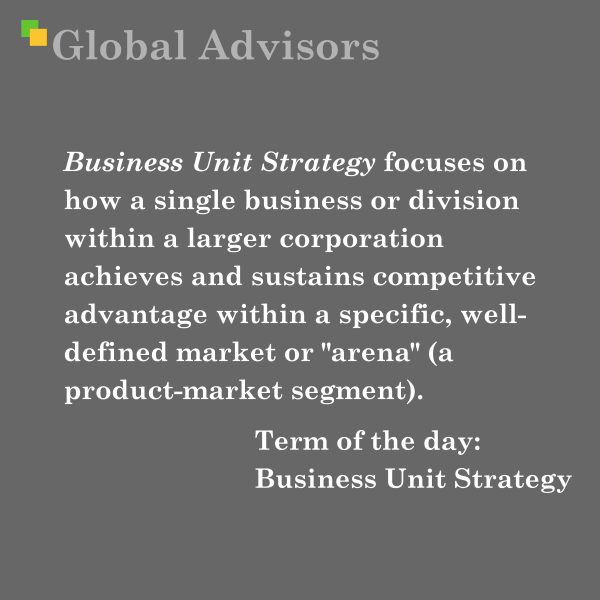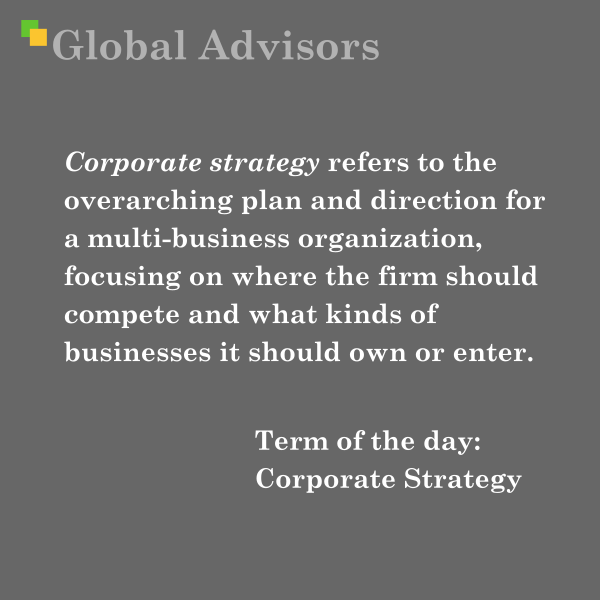Business Unit Strategy, as described by Richard Koch, focuses on how a single business or division within a larger corporation achieves and sustains competitive advantage within a specific, well-defined market or “arena” (a product-market segment). This level of strategy is about winning in one particular space, rather than deciding which spaces to play in.
Key Elements of Business Unit Strategy (per Koch):
- Arena-Specific: Business unit strategy operates within the boundaries of a particular product, service, or customer group—what Koch calls an “arena”.
- Competitive Advantage Focus: It is centrally concerned with how a business beats competitors. Koch identifies two principal sources:
- Cost Leadership: Supplying a comparable product at a lower price and cost than rivals.
- Differentiation: Offering a product that is more useful, easier to use, or more aesthetically pleasing than competitors’ products.
- Simplicity and Scale: Koch emphasizes that both cost and differentiation advantages are often achieved by having a product that is simpler and produced at a larger scale than rivals.
- Market Share in Context: The value of market share is only meaningful when assessed in the context of the specific arena relative to competition, often within highly specialized or niche markets.
- Resource Deployment: At the business unit level, strategy dictates how to deploy resources and capabilities to maximize success in the chosen arena.
Business Unit vs. Corporate Strategy (per Koch):
Richard Koch asserts that the heart of any firm is the product-market segment(s) where it holds or can hold a distinctive edge, whether through cost or uniqueness, and that “strategy” at this level is about defending and growing that advantage.
In summary, business unit strategy is about how to compete and win within a chosen market, whereas corporate strategy is about deciding which markets or businesses to be in and optimizing the whole portfolio for maximum value. Koch’s work draws on the importance of focusing efforts—guided by the 80/20 principle—on those few arenas where success is most likely and most valuable.





